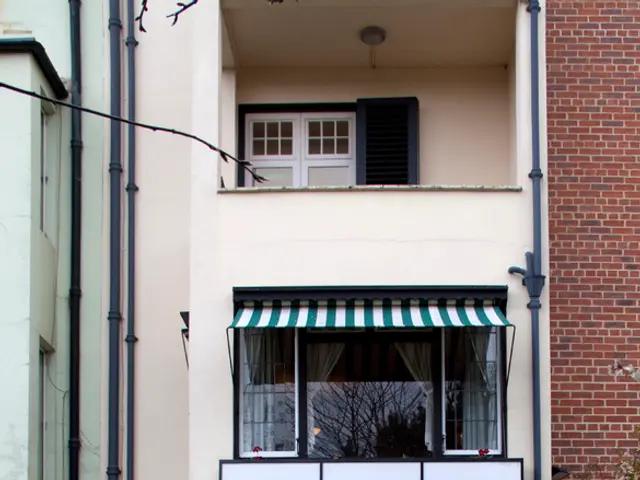Strategies for Assisting Seniors with Minimizing Belongings
Moving to a new home can be an exciting yet challenging experience, especially for seniors. Here, we provide six practical tips to help make the transition smoother for seniors, as they navigate the process of downsizing their homes.
1. **Plan Ahead and Start Early** Begin the downsizing process well in advance, ideally 6 to 8 weeks before moving. This allows ample time for sorting, decluttering, and organising logistics without feeling rushed or stressed.
2. **Declutter Room by Room** To make the process more manageable, declutter one room at a time. Start with the least used areas, like the attic or garage, and decide what to keep, donate, or discard.
3. **Seek Professional Help** Consider hiring a professional organizer or a moving company that specialises in senior relocations. They can provide emotional support and handle belongings with care.
4. **Itemize and Prioritize** Make a list of essential items that need to be kept with the senior during the move, such as medications, important documents, and personal care items. Ensure these are easily accessible throughout the process.
5. **Emotional Support** Moving can be emotionally challenging. Offer reassurance and involve the senior in key decisions to maintain their emotional well-being during the transition.
6. **Post-Move Support** Arrange for assistance after the move to help with unpacking and setting up the new home. This can significantly reduce stress and make the transition smoother for the senior.
Downsizing a home offers numerous benefits for seniors, as it helps them maintain independence while keeping expenses and responsibilities minimal. Creating a floorplan for the new space can help determine what items are essential and which ones are more discretionary, aiding in decision-making about what to keep and what to leave behind.
Seniors can ask their loved ones about essential items they can't live without before deciding which items to keep. Items not included in the list of essentials can be put in storage or given to friends and family. Renting storage units or borrowing family members' garages can help store valuables and give the home a less cluttered appearance for potential buyers.
For seniors with Alzheimer's and Dementia, keeping boxes with familiar items or reminders of memories can help them feel more comfortable during the transition. Extra help may be needed to settle into a new home for seniors with these conditions.
It's important to secure seniors' items during the downsizing and moving process to prevent damage or loss. Unwanted items can be donated to charitable organisations or sold. Committing to a new home before leaving the old one is helpful as it provides direction for the downsizing process and tells you exactly how much space your senior will have to work with.
In Chicago, trusted senior care providers like Home Care in Chicago, IL, can assist with elderly home care services in the neighbourhoods of Chicago. Contact them at (312) 548-3690 for more information.
[1] Downsizing for Seniors: A Guide for Adult Children and Family Members. (2021). National Association of Senior Move Managers. [4] How to Help Seniors Downsize Their Homes. (2021). AgingCare.com.
- To ease the stress of moving, senior home-and-garden enthusiasts might benefit from planning home-care services to aid in reorganizing their new health-and-wellness focused living spaces, potentially enhancing their lifestyle with a FITNESS-AND-EXERCISE room.
- For seniors requiring MENTAL-HEALTH support during such transitions, it could be beneficial to preserve keepsakes that evoke cherished memories, fostering a sense of comfort and familiarity in their new homes.
- Before selling a family home, seniors and their family members may wish to consider setting aside valuable resources for post-move home-and-garden improvements, ensuring their new living space continues to promote a comfortable and nurturing environment.
- Special attention should be given to ensuring the home-care provider is well-versed in science and health-and-wellness practices, maintaining the well-being of the seniors as they settle into their new homes and adapt to their improved living situations.




